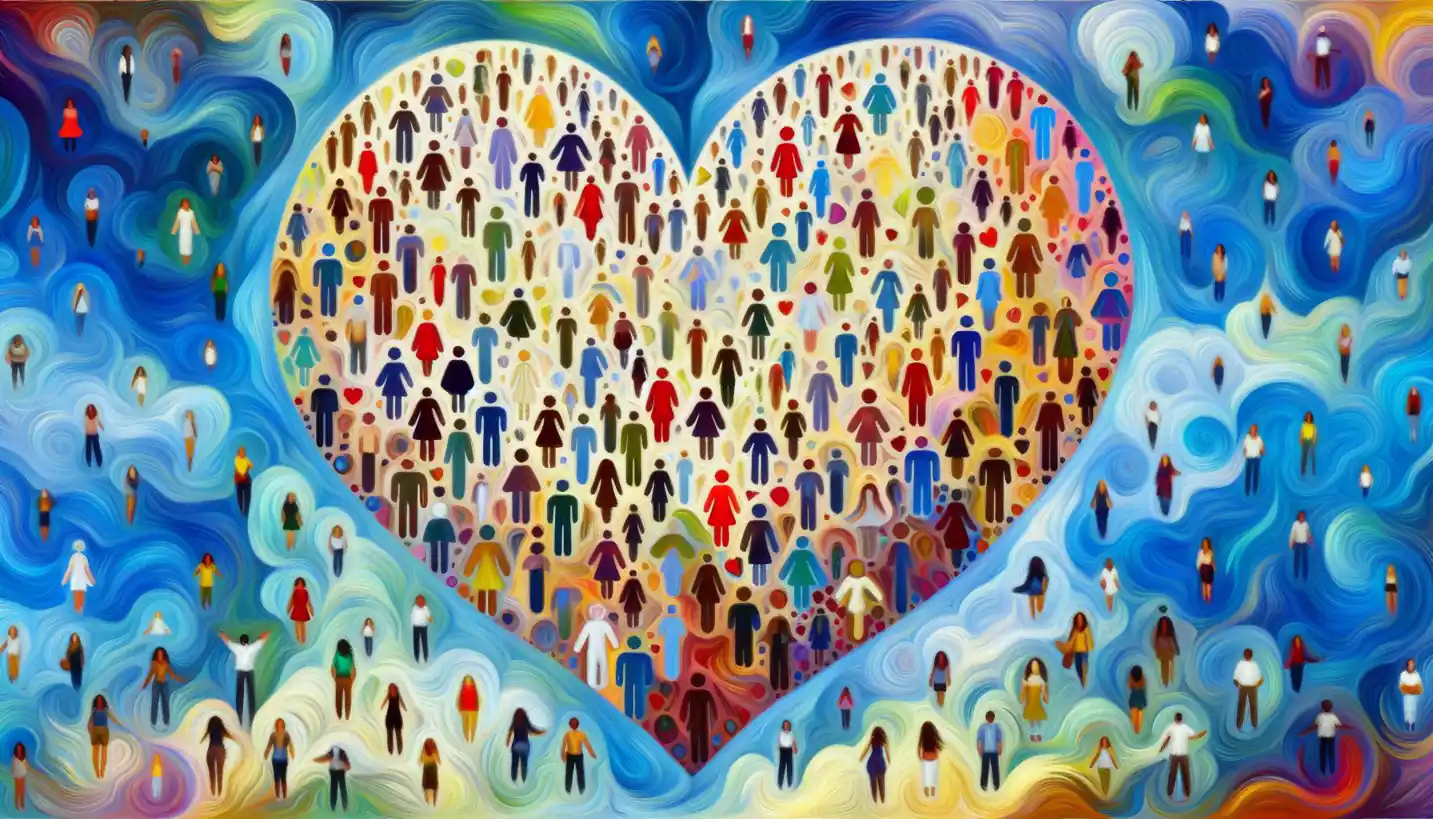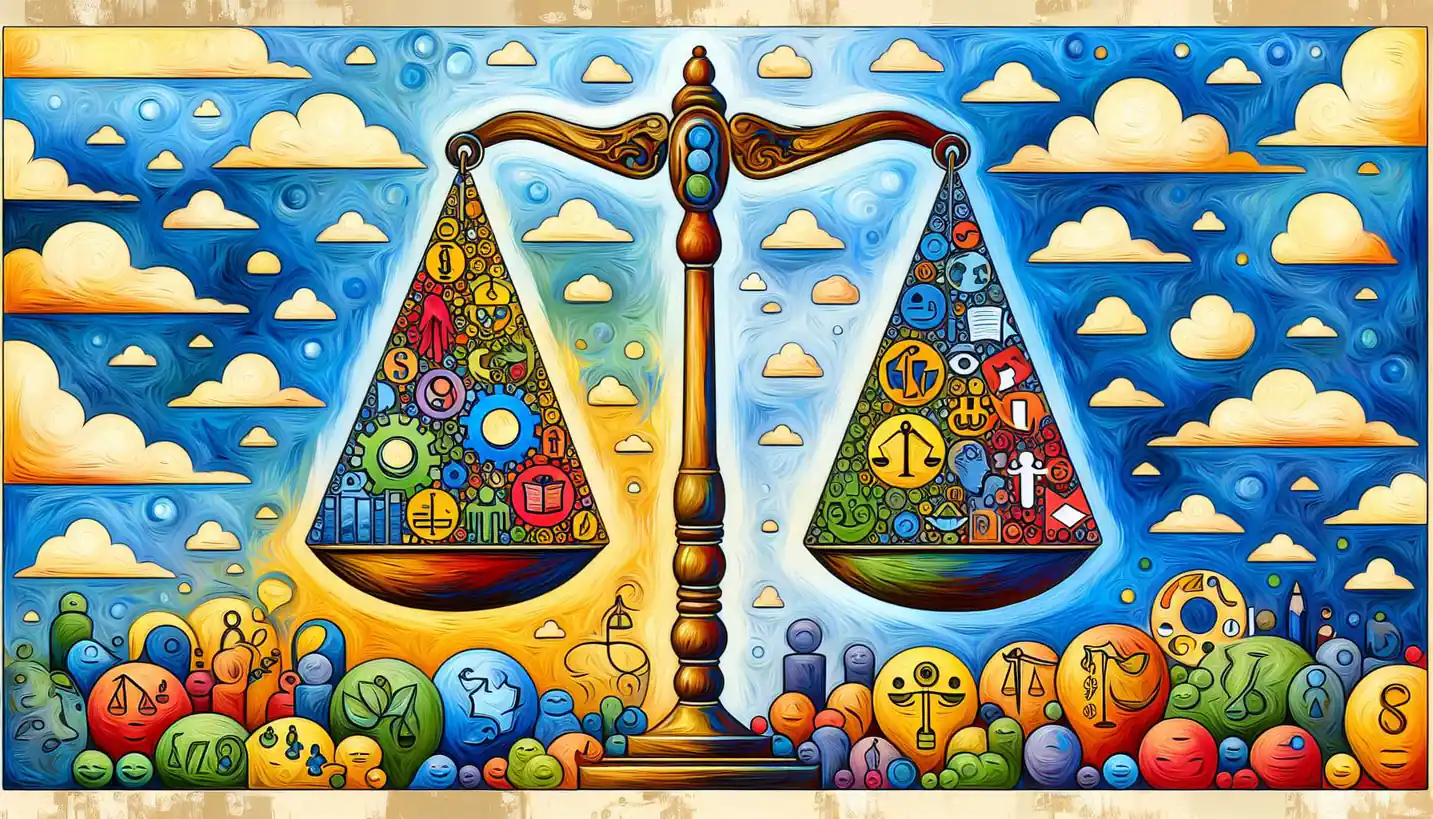· Sociology · 5 min read
Gender Fluidity: Exploring Identity Beyond Borders
Gender fluidity celebrates identities that transcend fixed categories. Explore the freedom and challenges that come with living beyond binary norms.

As we dive into the fascinating world of gender fluidity, it’s essential to recognize how society’s understanding of identity has evolved. Gender fluidity challenges the traditional boundaries of male and female, offering a more nuanced view of human identity.
Gender fluidity is like a spectrum where people might move between different gender expressions at different times. Imagine it as a colorful palette rather than a black-and-white picture. Some days someone might feel more feminine, other days more masculine, and sometimes somewhere in between or outside these categories entirely. This freedom to express oneself can vary daily, weekly, or as individual experiences dictate.
Understanding Gender: Beyond Binary
Let’s start by unpacking the concept of gender itself. Traditionally, societies have viewed gender through a binary lens: male and female. This perspective has been deeply rooted in cultural, social, and even scientific norms for centuries. However, as our understanding and acceptance of diversity grow, it becomes clear that not everyone fits neatly into one of these two boxes.
People often ask, “What is gender fluidity?” To put it simply, it’s the understanding that gender is not fixed and can involve a wide range of identities that can change over time. This perspective challenges the binary view and acknowledges that gender can be more complex than just ‘male’ or ‘female.’
The Science Behind Identity
Scientists and sociologists study gender to understand how much of it is biological and how much is cultural. Many researchers suggest that while biological aspects like chromosomes and hormones might play a role, societal norms and personal experiences heavily influence gender identity.
A person’s journey with gender can be deeply personal. Imagine growing up with everyone around you expecting you to wear certain clothes, play with specific toys, or behave in a way that doesn’t feel true to who you are. For someone who is gender fluid, these expectations can feel restrictive.
Historical Perspectives: Not a New Concept
Gender fluidity might seem like a modern concept, but its roots go back to ancient times. Various cultures throughout history have recognized more than two genders. In some Indigenous cultures, for instance, there’s a recognition of “Two-Spirit” people who embody both masculine and feminine qualities. Similarly, in South Asian cultures, there are the Hijras, a community that has existed for centuries outside the male-female binary.
These historical perspectives reveal that gender fluidity isn’t a new invention but rather a re-emerging recognition of diverse gender identities that have always existed.
Language: A Tool for Expression
Language plays a vital role in expressing gender identity. Pronouns like “they/them” become crucial tools for some people to accurately describe their fluid identity. For instance, if someone’s gender expression varies, they might prefer pronouns that aren’t tied to a fixed gender. It’s important to respect these preferences as they contribute significantly to someone’s sense of self and well-being.
Languages are evolving to accommodate fluid expressions of gender, although this change isn’t always easy or universal. It’s a reminder that our understanding of identity can evolve alongside these linguistic shifts.
The Role of Society and Culture
Cultural and societal norms often dictate what is deemed ‘acceptable’ or ‘normal.’ Gender fluidity pushes these boundaries, advocating for a broader understanding that includes diverse expressions. Movies, media, and celebrities play significant roles in shaping public perceptions. When a popular figure comes out as gender fluid, it challenges norms and opens up conversations in mainstream discourse.
However, acceptance and understanding vary globally. In some places, gender fluidity might be accepted widely, while in others it can be met with resistance. This disparity can affect how freely individuals express their identities outside their immediate communities.
Challenges Faced by Gender-Fluid Individuals
Gender-fluid people often encounter unique challenges. Society’s rigid gender norms can lead to misunderstandings, discrimination, and even hostility. For instance, someone who is gender-fluid might find it difficult to navigate public spaces like bathrooms or face challenges in workplaces that are not inclusive of fluid identities.
Legal systems, too, often lack options beyond the binary, creating complications in official documents where individuals must choose a single gender. Advocacy for more inclusive policies is crucial, as it can pave the way for broader acceptance and understanding.
The Impact on Mental Health
The psychological impact of navigating a gender-fluid identity can be significant. Support and understanding from family, friends, and community become essential for well-being. Mental health professionals are increasingly recognizing the importance of being educated about gender fluidity to provide better care and support.
Creating safe spaces where individuals can express themselves without fear of judgment or discrimination can make a positive difference in mental health outcomes. It emphasizes the importance of empathy and education in building inclusive communities.
The Future: Understanding and Acceptance
So, what does the future hold for gender fluidity? As understanding grows, society is gradually becoming more accepting. Schools, workplaces, and public institutions are beginning to integrate inclusive practices that recognize diverse identities.
Imagine a world where everyone can express themselves freely without the fear of being misunderstood or marginalized. This vision relies on continued advocacy, education, and open dialogue. It’s about creating an environment where everyone, regardless of gender identity, feels valued and understood.
Conclusion: Embracing Diversity
Gender fluidity challenges us to rethink what we know about identity and encourages a broader acceptance of human diversity. By listening to and learning from those who identify as gender fluid, society can move towards a more inclusive future. Understanding and embracing this concept is not just about recognizing a spectrum of identities; it’s about celebrating the rich tapestry of human experience.
As our world becomes more interconnected, the opportunity to learn about and appreciate diverse identities grows. In doing so, we open ourselves to a richer understanding of what it means to be human.



